Persian Shallot and Ornamental Onion For Sale
ACPFOOD is where you can buy dried Persian Shallot. Since we purchase high quality products directly from farmers, we provide and sell bulk Wild Onion with the best quality to wholesalers, manufacturers and retailers and you can buy Wild Garlic from us with the best price.
Allium jesdianum and Allium ascalonicum wholesaler, supplier and exporter
To order this product, please contact us.
About Allium Ascalonicum
The stem of the Allium ascalonicum plant is elongated and hollow and has a circular cross-section. Its leaves are very elongated and pointed. But compared to Garlic leaves, they are shorter and wider. Unlike garlic, Persian Shallot leaves grow from the bottom of the stem. The flowers are reddish pink and very small and grow in complex and spherical form at the end of the flowering stem.
The underground bulb of Allium ascalonicum is almost oval, relatively small and the size of a small onion, and unlike the Garlic, its surface is smooth and uniform. It is covered by a white and thin peel (similar to onion peel). In the lowest part of the underground bulb of Pershian Shallot, there are short and relatively thin roots. Its aroma is almost similar to the smell of garlic. But it has a slightly spicy and delicate taste.
Allium Ascalonicum Chemical Constituents
Butene,1-(methylthio)-(Z) (18.21%), Methyl methylthiomethyl disulfide (8.41%), Dimethyl tetrasulfide (6.47%), Piperitenone oxide (4.55%) are the most abundant components and comprised 37.64% of the essential oil. 5-Diethylthiophene (0.07%) and n-Nonanal (0.06%) were detected in lower amounts. The presence of compounds showed mono-sulfur (22.42%), disulfide (1.81%), tri-sulfur (13.57%) and tetra-sulfur compounds (6.47%). The results indicated that the highest amount of sulfur compounds is related to mono-sulfur compounds.
Potato Onion Temperament
Hot and dry
Potato Onion Health Benefits
- Eating Wild Onion reduces sediments of the gastrointestinal tract and joints of the body, diuretic and sudatory, makes your skin rosy, is useful for most neurological disorder, strengthens the spleen, repels parasites, detoxifies snake and spider venom that resembles tarantulas, disinfects and lysis wounds and heals them.
- Persian Shallot continuous consumption prevents graying and hair loss.
- People who do not have purified water for drinking, if they sometimes eat some Wild Garlic with food due to their temperament, seasons and other conditions, will be protected from some diseases that are transmitted by water.
- To treat insomnia, cook Persian Shallot in soup and eat them at nights.
- Men who do not get an erection and have a weak penis, if they fry the shallots with Walnut kernels in fresh oil of beef or sheep, they will quickly return to normal.
- Boil Wild Onion with Cumin and Populous alba and hold it to the teeth. It strengthens the gums and the teeth.
- If the leeches are stuck in the throat, boil some Persian Shallot in vinegar or just gargle its juice in the throat. It will avulse the leech and removes or destroys it.
- Mash Wild Garlic and mix it with Ammonium chloride and poultice it every night. Removes white spots or vitiligo on the body.
Potato Onion Side Effects
Continuing to eat it is harmful for hot temperament people.
Allium Ascalonicum Modifier
Sweet Almond Oil.

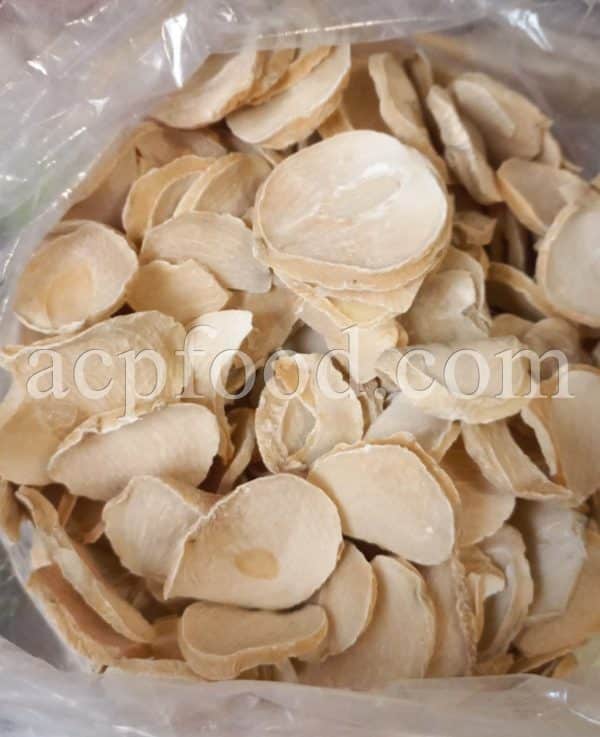
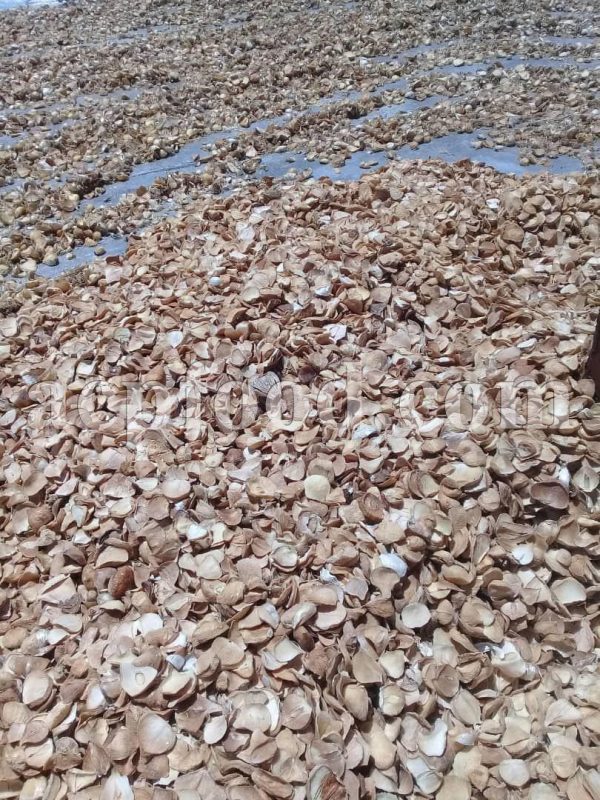
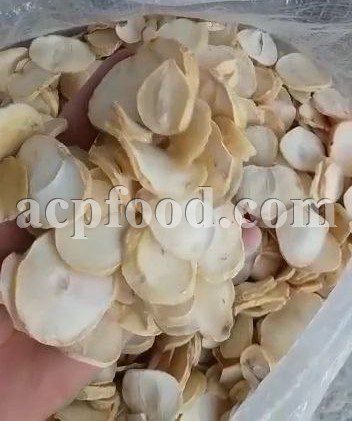
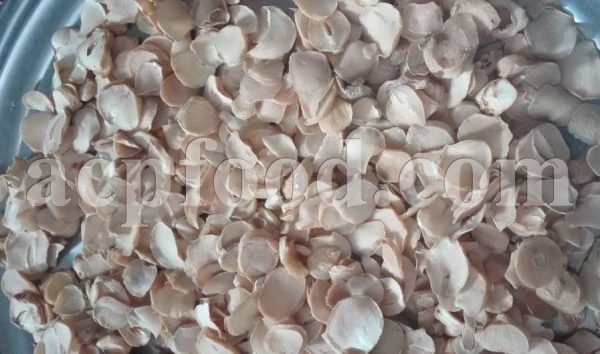
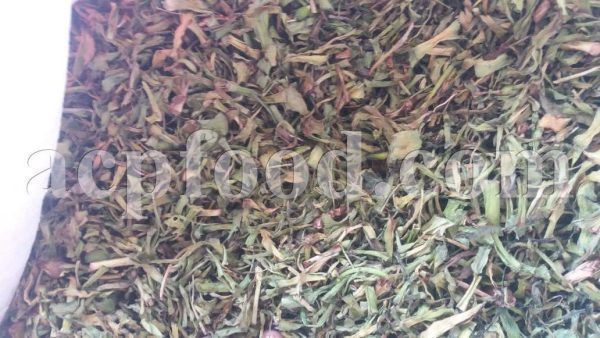

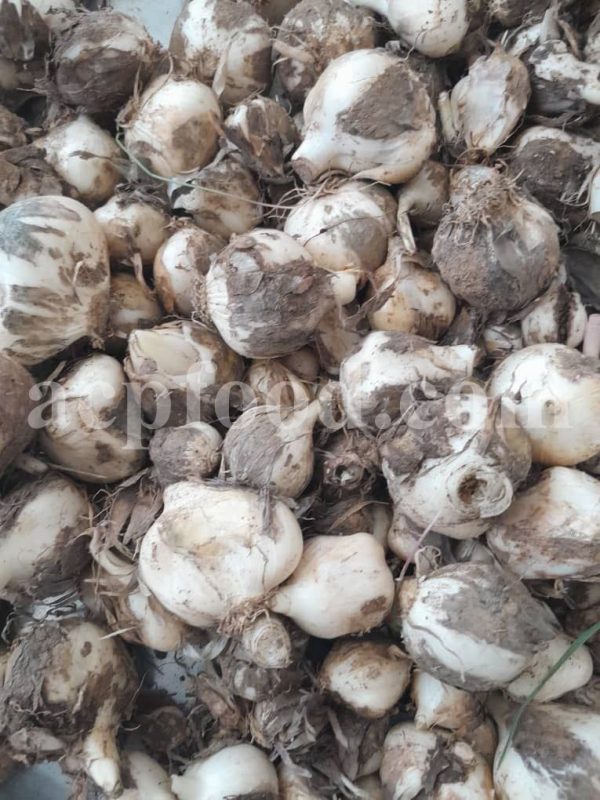
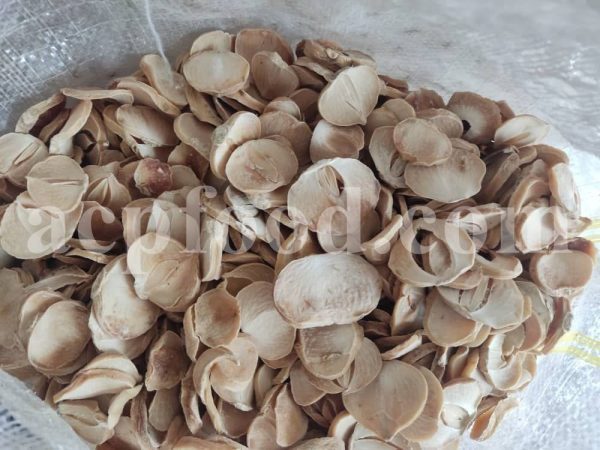
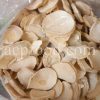

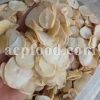
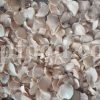
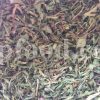

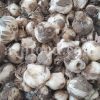
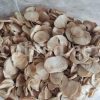
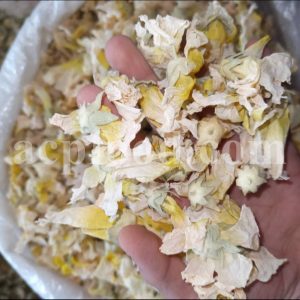
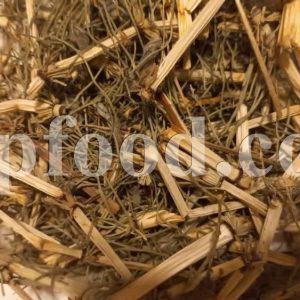
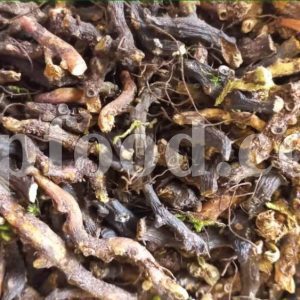
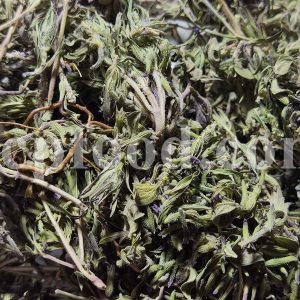
Reviews
There are no reviews yet.